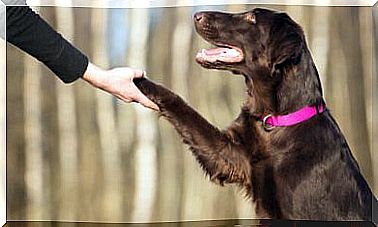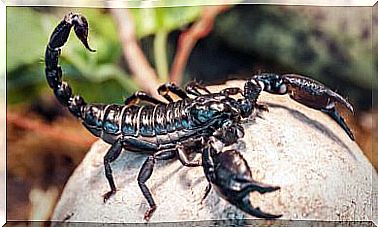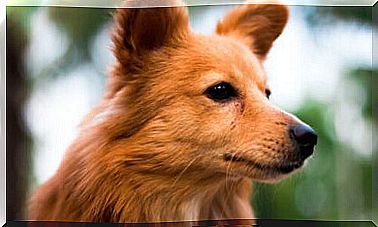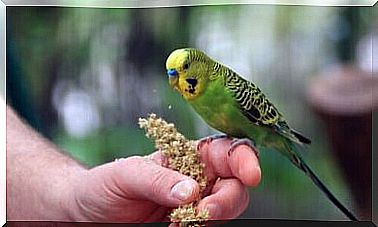Keepers Always Have: Animals That Store Food
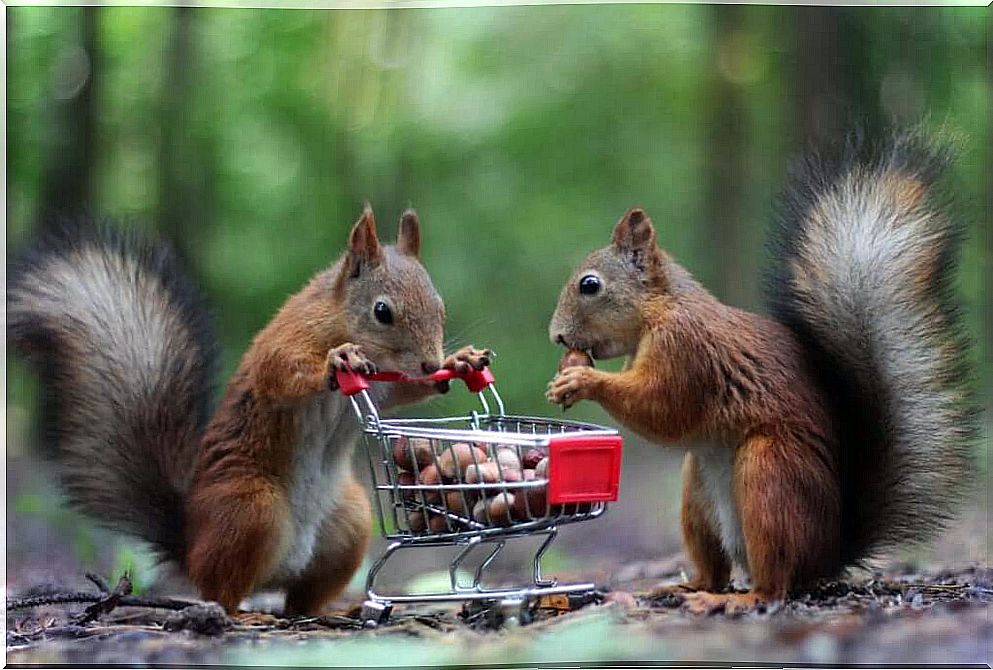
There are many animals that store food and supplies for times of need such as winter, breeding season or drought. For this, they hide the food very carefully, in a hiding place that even their peers do not know.
These animals usually feed on seeds or fruits, that is, they are herbivores. However, there are species with more varied omnivorous diets. As surprising as it may sound, there are even some carnivores who are considered experts at saving food for later.
Animals that store food
Why do animals have this need for storage? We will explain more about this below.
You have to be proactive
This storage behavior responds, in most cases, to the survival instinct. It’s a way to save food for later consumption when food is scarce. Typically, storage is carried out in a makeshift “pantry” adapted to several factors:
- Possible seasonal changes.
- Presence of competing animals in the same territory.
In the animal kingdom, it is important to differentiate between storage and accumulation. An animal in the wild will be accustomed to difficult periods when food is scarce and will therefore tend to stockpile.
However, domestic dogs, at first unnecessarily, love to bury bones and toys. Why do they do this? Again, because of the survival instinct. Don’t forget that your ancestors couldn’t afford to be fed without reservation. This is engraved in your DNA.
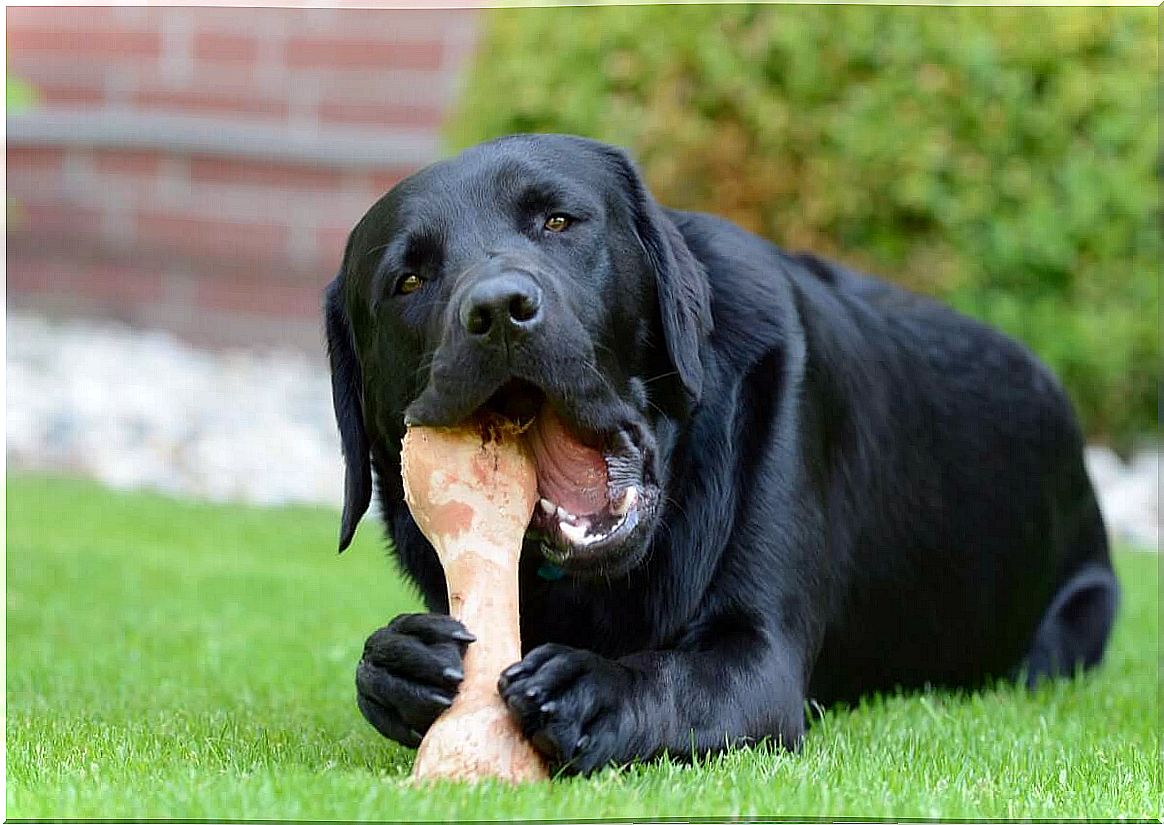
Sometimes the good is made to wait
It is true that, in most cases, the animal tries to create a food reserve for an uncertain future. However, species are known to do this storage to allow the food to mature. In these cases, the animals keep the food they cannot eat at the moment because it is not ripe enough, knowing that after a while it will be perfectly edible.
- For example, Irara ( Eira barbara ) hides unripe bananas and returns to eat them later, when they are ripe.
- Crocodiles bite their prey, but they can’t tear off their flesh or chew it. That way, if the prey is small, it will be swallowed whole, and if it’s too big, it’s stored underwater and “left to rot” (ripen) to be eaten more easily.
- We also have insects, such as ants, which leave some food to ripen. Some species of ants harvest inedible pieces of leaves and store them underground. Stored together with a variety of fungi, they mature and nourish the entire colony.
Some examples of animals that store food
In the order of rodents, we find most animals that store food. Squirrels, for example, are very predictive when facing possible lean times. That’s why they hide walnuts, hazelnuts and seeds in a series of hiding places for when it gets cold. The problem is that they often forget where they left their food. The good thing about this error is that buried seeds or fruits germinate and develop trees.
But there are also storage species among birds. This is the case of the great shrike, known for hunting insects, birds, reptiles or mammals and impaling their bodies on thorny stalks. This serves as a warehouse to feed your chicks without having to go hunting again.
Other ways animals can prepare for lean times
Animals do many different things to survive the winter, in addition to storing food:
- Some migrate to other places where the climate is warmer and can find food more easily. This is the case for many birds that travel in flocks to reduce the dangers of such a long journey.
- Other animals hibernate for part of the winter. Hibernating means falling into a special sleep, deeper than usual. During sleep, body temperature, heart rate and breathing decrease until they become imperceptible. Before it’s time to hibernate, these animals prepare by eating extra food and storing it as body fat.
- On the contrary, there are animals that remain active during the winter, but make adaptations before the arrival of colder weather. For example, changes in their eating behavior or in their bodies, such as generating new, thicker skin.

As we can see, many animals have intricate their genetic code to store food for more difficult times. This strategy responds to a mere exchange of energy, as they invest their own strength in storing food in times of plenty in order to have food in the most difficult times.


